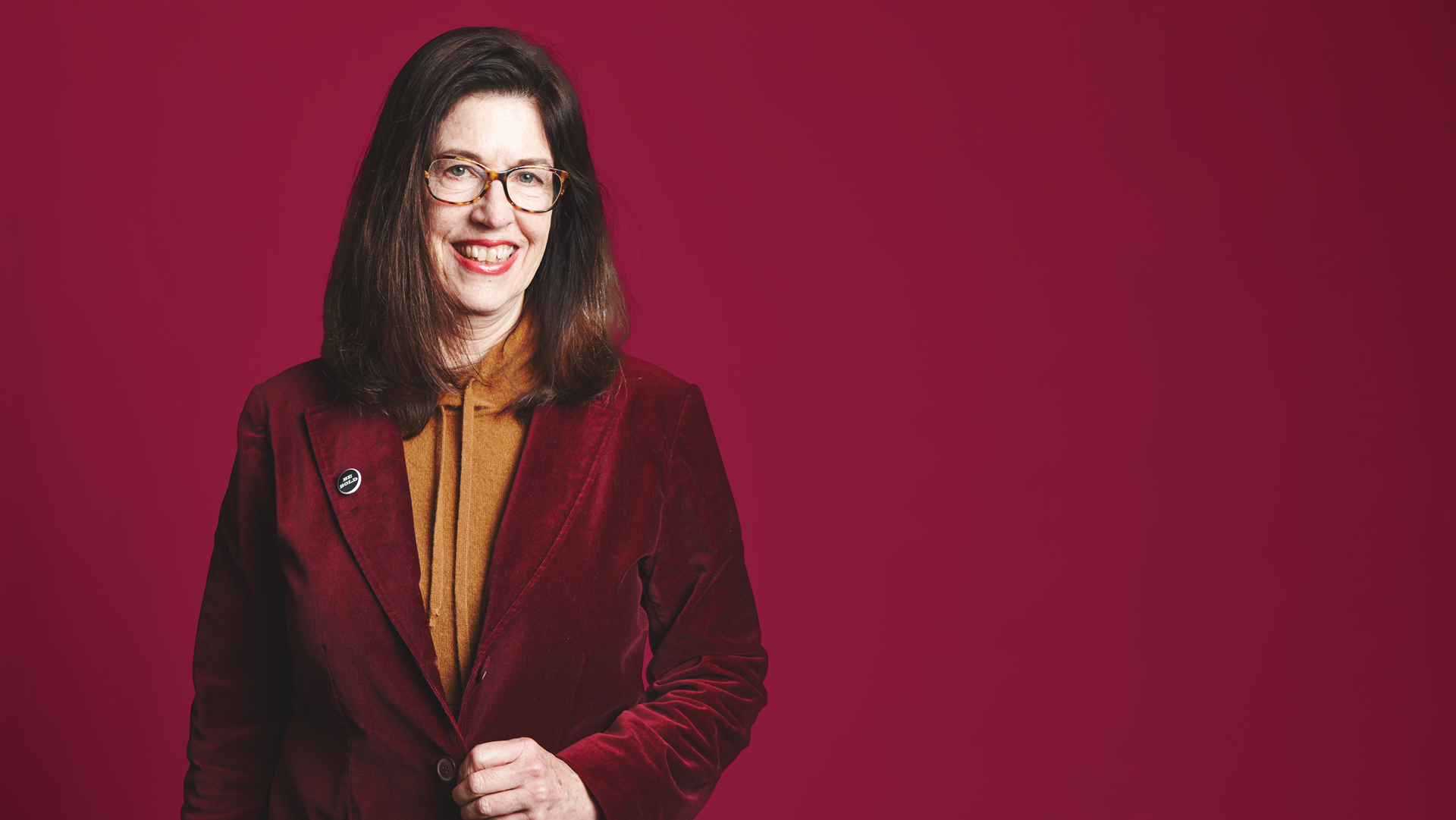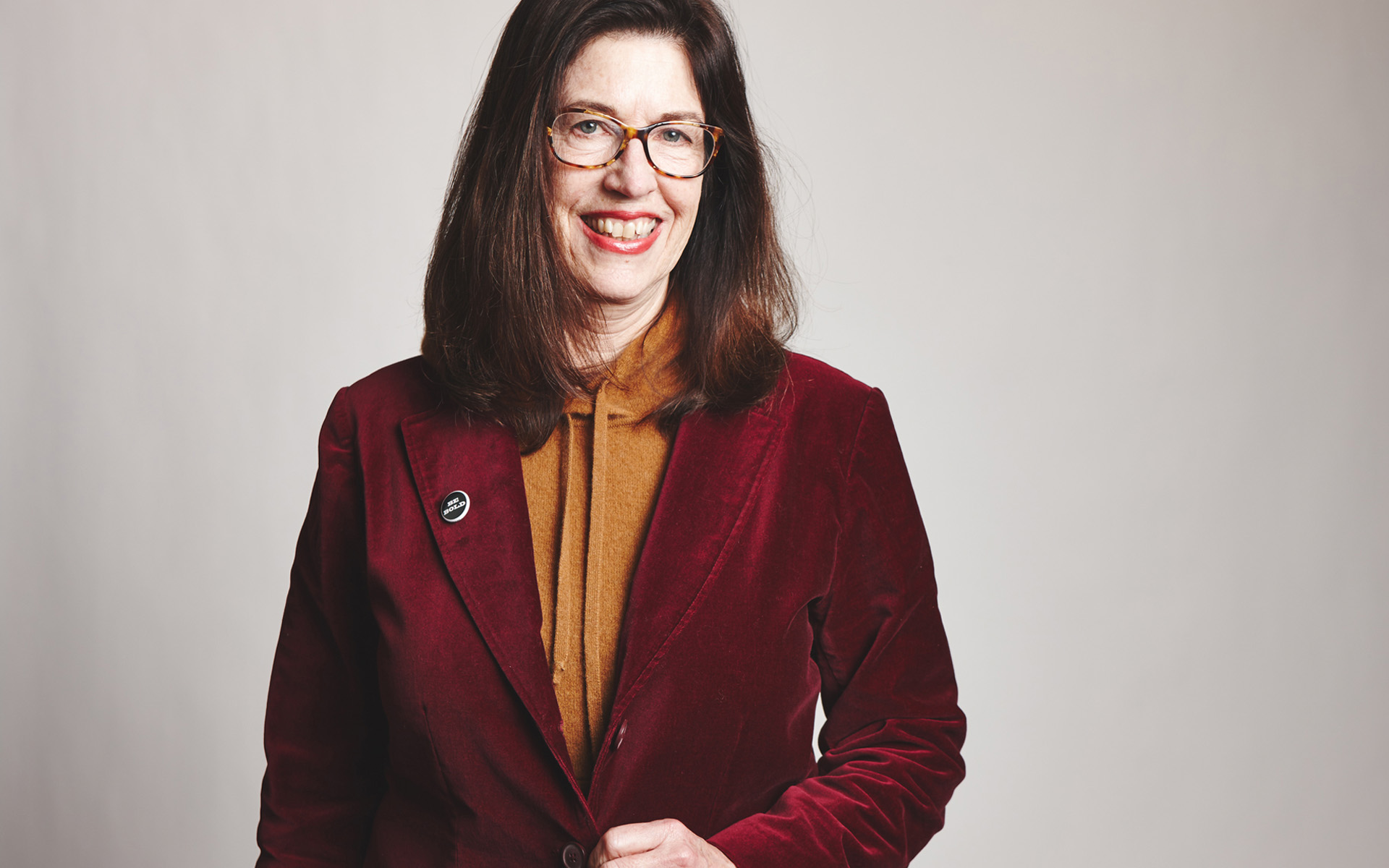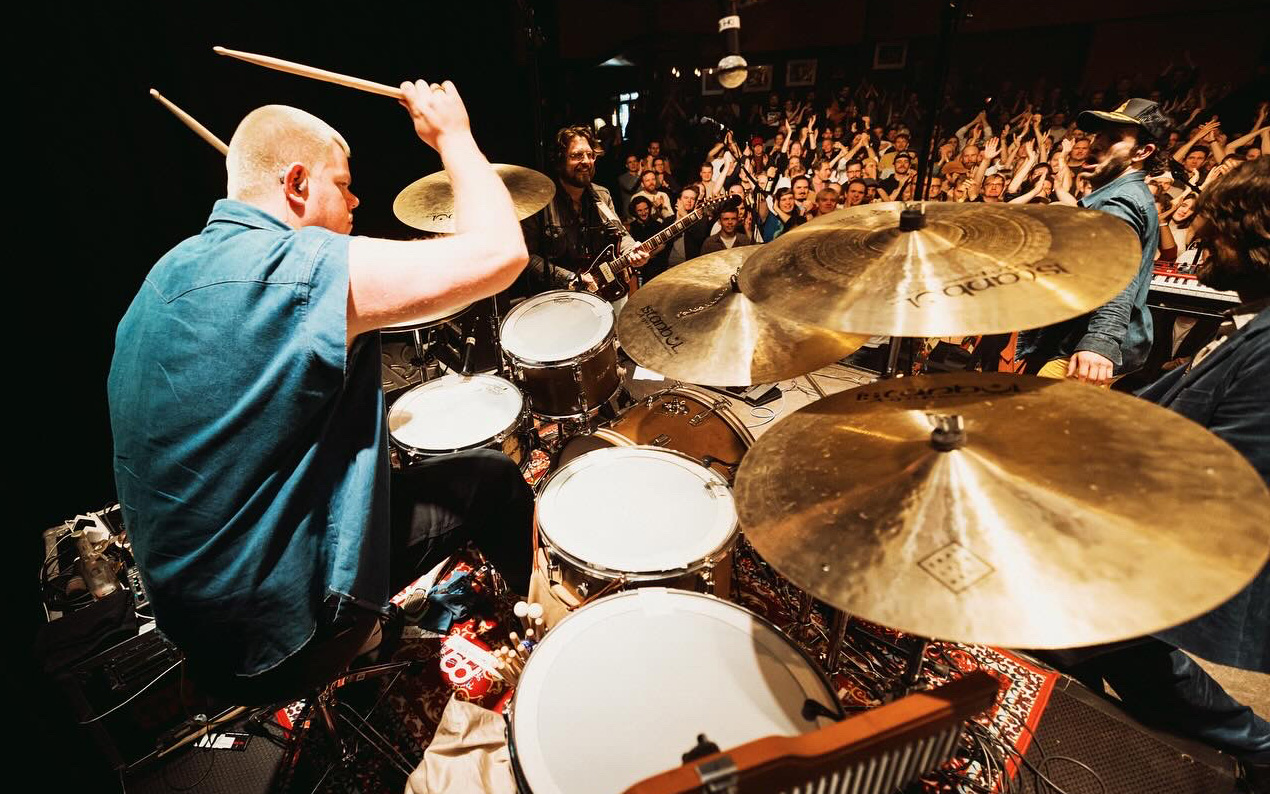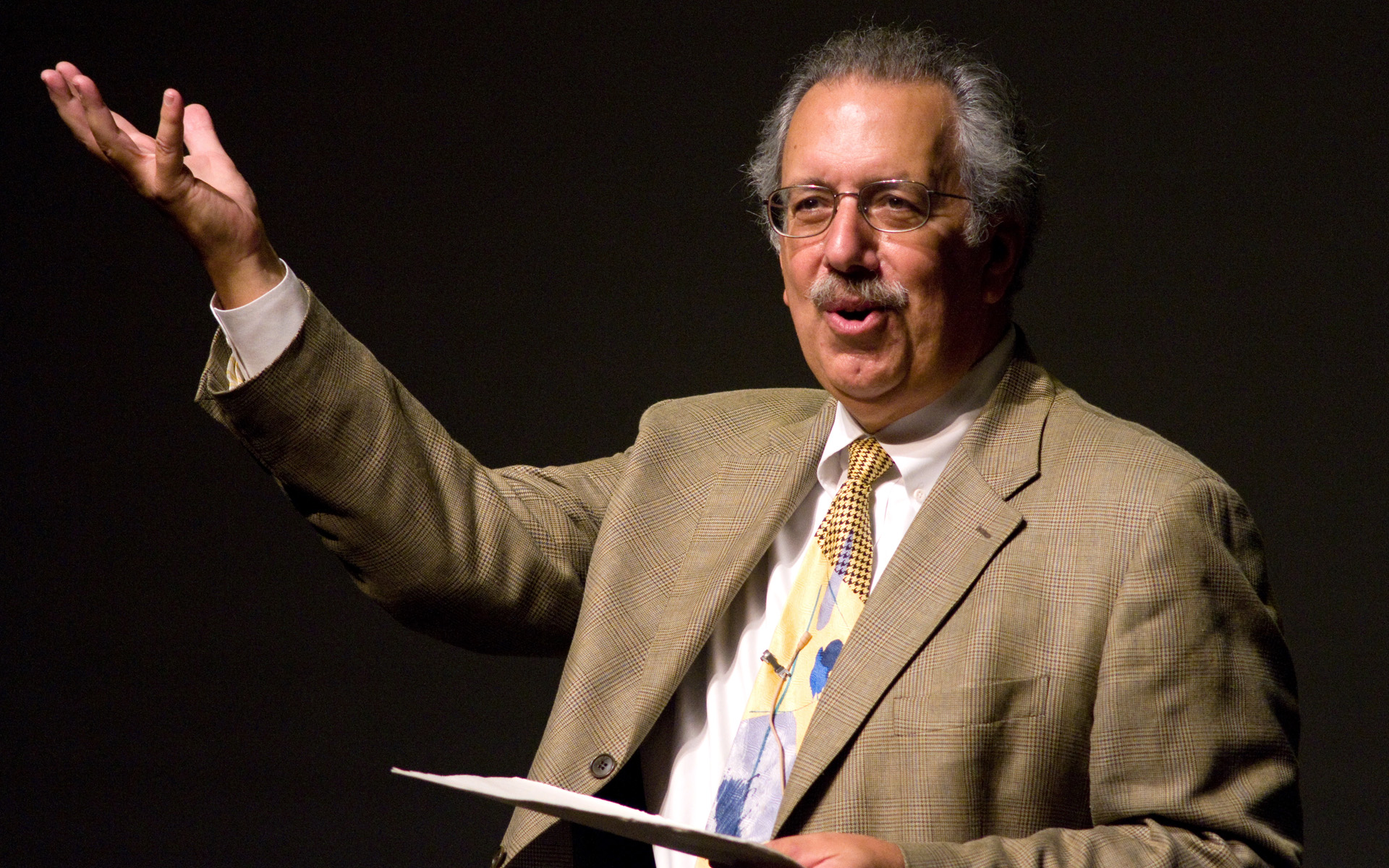The following information on psychoacoustics is excerpted from the Berklee Online course Psychoacoustics in Music Production, written by Susan Rogers, and currently enrolling.
What is Psychoacoustics?
Psychoacoustics is the study of the relationship between pressure waves that enter the ear and the system that converts this physical activity into hearing. Essentially, it is the study of the living part of any auditory system. We will look at what happens to acoustical signals after they reach our ears and travel a short but very complex path through the brain to emerge as sensations, perceptions, and knowledge.
Susan Rogers gives an overview of psychoacoustics and what you will learn in her course.
Tonotopicity and Sound Perception
Psychoacoustics is founded on the basic observation that the human auditory system, and other species’ auditory systems, exhibit tonotopicity. Tonotopicity is the area of psychoacoustics that maps frequency-specific sweet spots in the cochlea, which helps explain there is a sound perception. It also helps explain the origin of musical consonance and dissonance. In this video, Rogers discusses how simultaneous frequencies can interact with each other, how the interactions are perceived, and how the ratios of these frequencies can be defined and studied.
The cochlea behaves like an array of auditory filters. We know this because two tones with a frequency separation of less than a critical bandwidth interfere with each other more than two widely spaced tones. The interference is mechanical in nature. It is termed beating when it is below 15 Hz, and roughness up to about 200 Hz. Dyads and chords from widely spaced tones are considered more consonant than those with roughness or beating because they cause less mechanical interference.
Beating, roughness, and combination tones are all first-order phenomena, meaning that these effects originate in the cochlea. Second-order beats are produced by the auditory system’s computations and are harder to perceive than first-order beats. Mistuned octaves give a good example of second-order beating.
TAKE A COURSE WITH SUSAN ROGERS
Critical Bands and Auditory Filters
Critical bands and auditory filters are two core principles in psychoacoustics, and are important in understanding musical consonance and dissonance. Critical bandwidth (CB) is a measure of the frequencies passed through a cochlear filter. Critical bandwidth marks the point where the relationship between two tones abruptly changes. It is determined by the extent to which two simultaneous signals interfere (beat) or cover up (mask) each other. The behavior of frequencies in the cochlea can be described by using a bank of auditory filters.
With a graph of auditory filters across the frequency spectrum perceivable by humans, Rogers demonstrates how the space between frequencies and how the bands they belong to will dictate how they will interact or interfere with each other.
Our Own Anatomical Analog-to-Digital Converters
In this final video, Susan gives us a fascinating look at our own anatomical analog-to-digital converters: the hair cells in the human ear that allow us to hear. She sketches out the structure of these cells and explains the process by which sound waves are captured and translated into binary information that can be processed by the central nervous system.
Much of psychoacoustics work concerns detection and discrimination of sounds. The auditory path begins in the inner ear and ends in the temporal lobe of the brain. The cochlea houses the basilar membrane and hair cells. They are the main components for converting acoustical signals into the neuroelectrical signals called “action potentials.” Information emerges as the result of billions of neurons responding in unique ways to an infinite variety of signals coming from the world.
About Susan Rogers
Susan Rogers wrote Berklee Online’s Psychoacoustics in Music Production course, part of the school’s Master of Music in Music Production program. She is a professor at Berklee College of Music in the departments of Music Production & Engineering and Liberal Arts, and is the director of the Berklee Music Perception and Cognition Laboratory. Susan holds a Doctorate in Psychology from McGill University; her research focuses on auditory memory, the perception of musical signals, and the influence of musical training on auditory development. For two decades prior to her science career, Susan was one of the world’s few women known for her work as a record producer, engineer, mixer, and audio electronics technician. Career highlights include five years (1983-1987) as staff engineer for Prince, producing hit singles for diverse artists such as Barenaked Ladies, David Byrne, Robben Ford, Jeff Black, and Rusted Root, mixing hit singles for an equally eclectic list including Tricky, Michael Penn, Toad the Wet Sprocket, and Tevin Campbell, and engineering for a host more.









